Stranded in the Italian
Harikrishna has been having a hard time with the Italian (1.e4 e5 2.Nf3 Nc6 3.Bc4 Bc5) lately. This was the opening which led to his elimination from the FIDE World Cup 2019 and now this same opening played a role in Hari being knocked out from the FIDE Grand Prix leg in Hamburg. Hari had two different opponents in the event - Alekseenko at the World Cup 2019 and Svilder at the FIDE Grand Prix, but it was Alekseenko who played a role in the Grand Prix as well helping Svidler with a new idea in the Italian. In this article we analyze this game in depth and tell you where the Indian GM could have improved. Hari has now been ousted from both the FIDE Grand Prix legs (Riga and Hamburg) in the first round. He will now play in his last event in the series in Jerusalem in December.
Harikrishna knocked out of the Hamburg Grand Prix by Peter Svidler


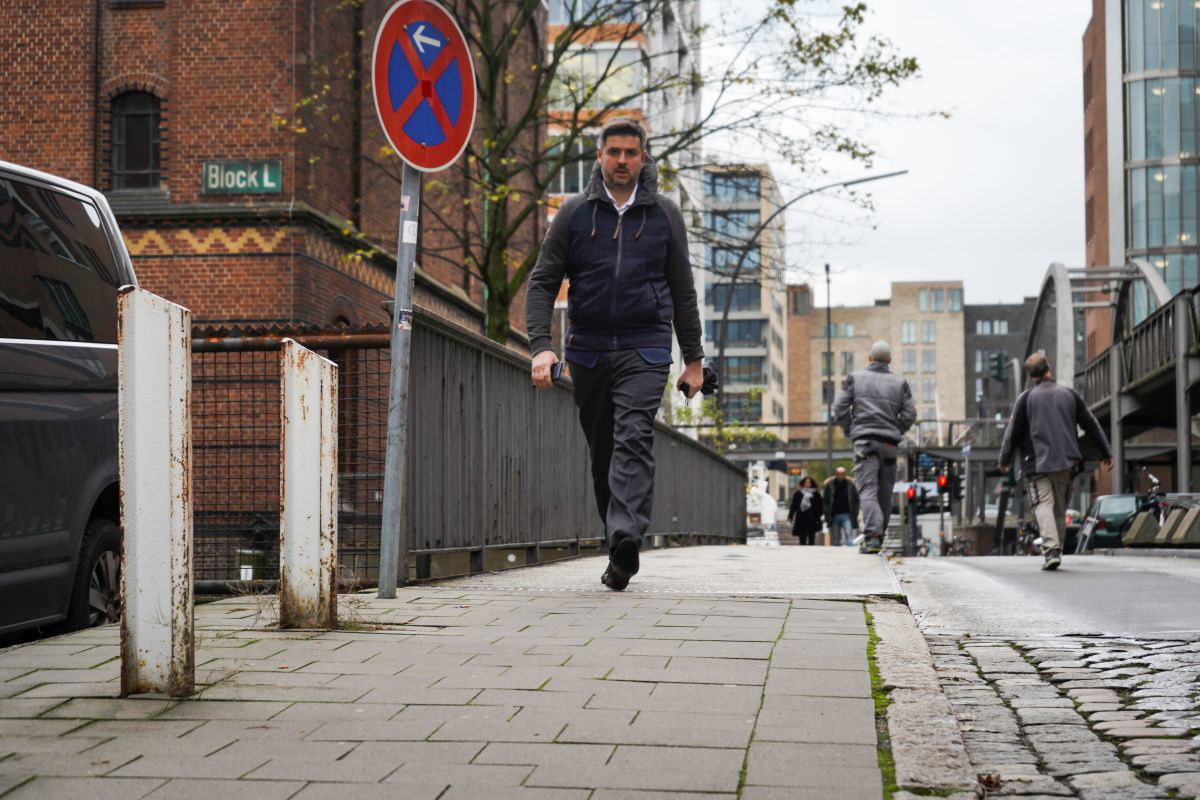
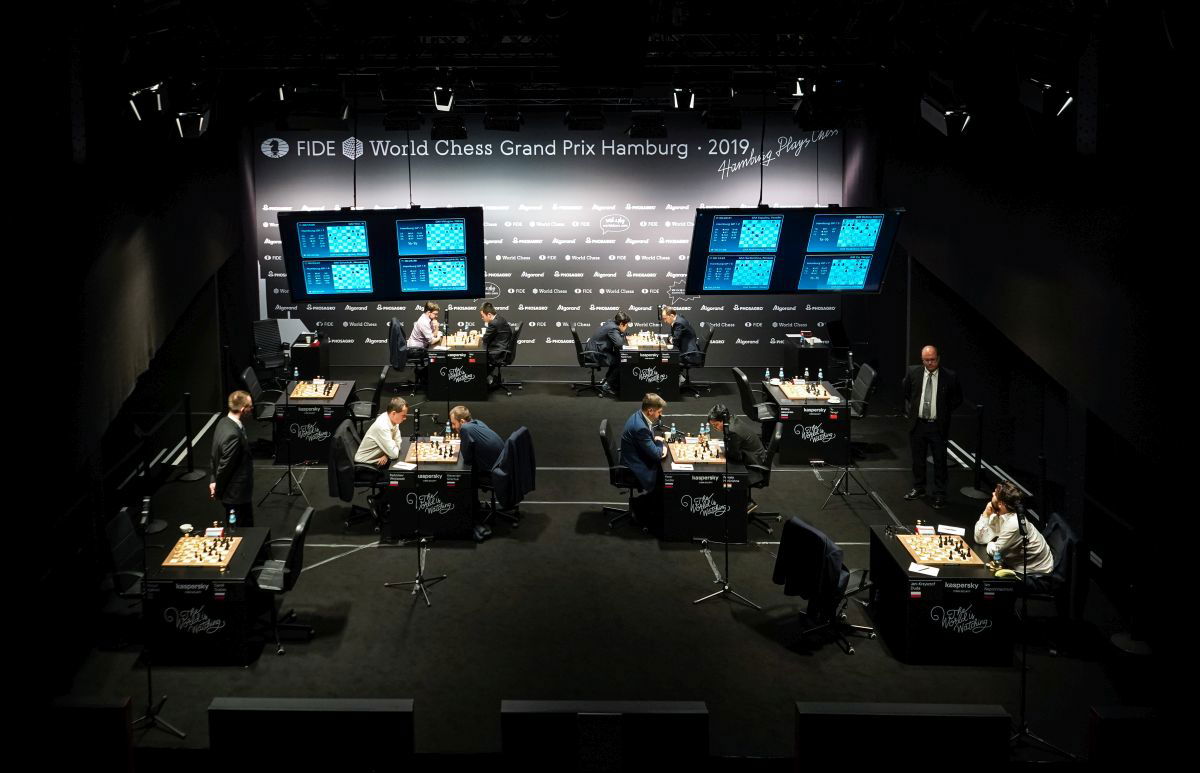
The FIDE Grand Prix has become quite exciting since they embraced the knockout format. In the first round Harikrishna was pitted against Peter Svidler. It was going to be a mini-match of two classical games. If the scores ended in 1-1 tie, then the match would move into rapid and subsequently into blitz if the tie wasn't resolved.
In game one Peter Svidler had the white pieces and played the Italian. This opening was the reason why Harikrishna was knocked out from the World Cup 2019 when his opponent Kirill Alekseenko played it with the white pieces. Harikrishna was outplayed in that game. Interestingly Svidler had sought help from Alekseenko before the game and had come up with a new idea.
Svidler vs Harikrishna, FIDE Grand Prix 1.1
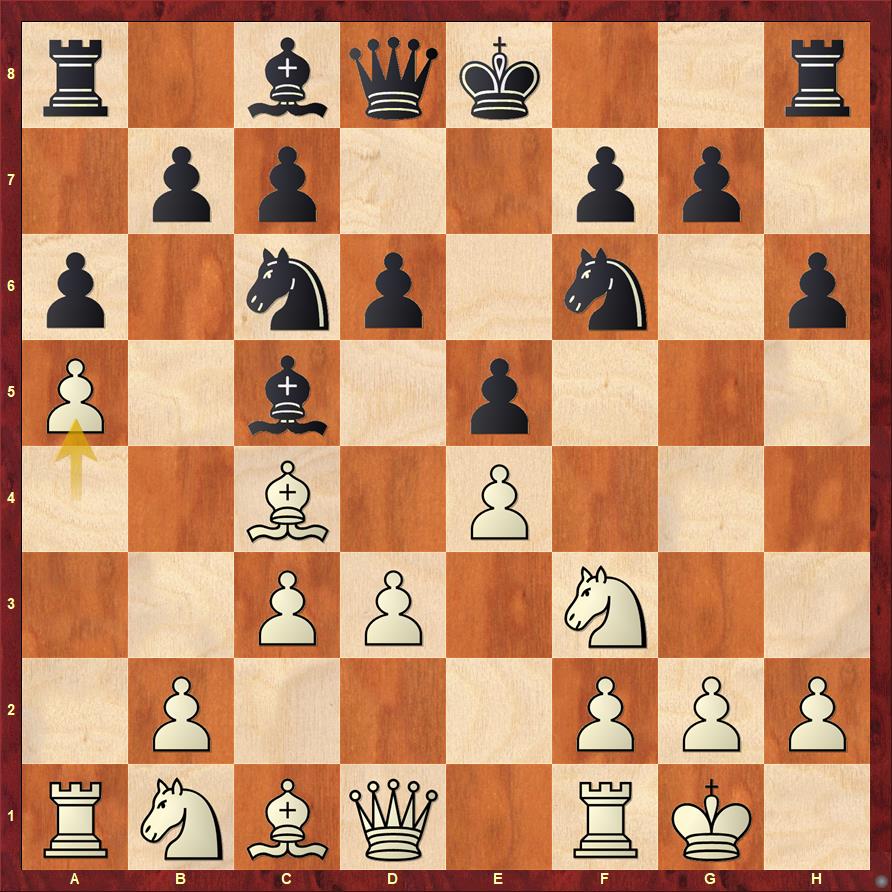
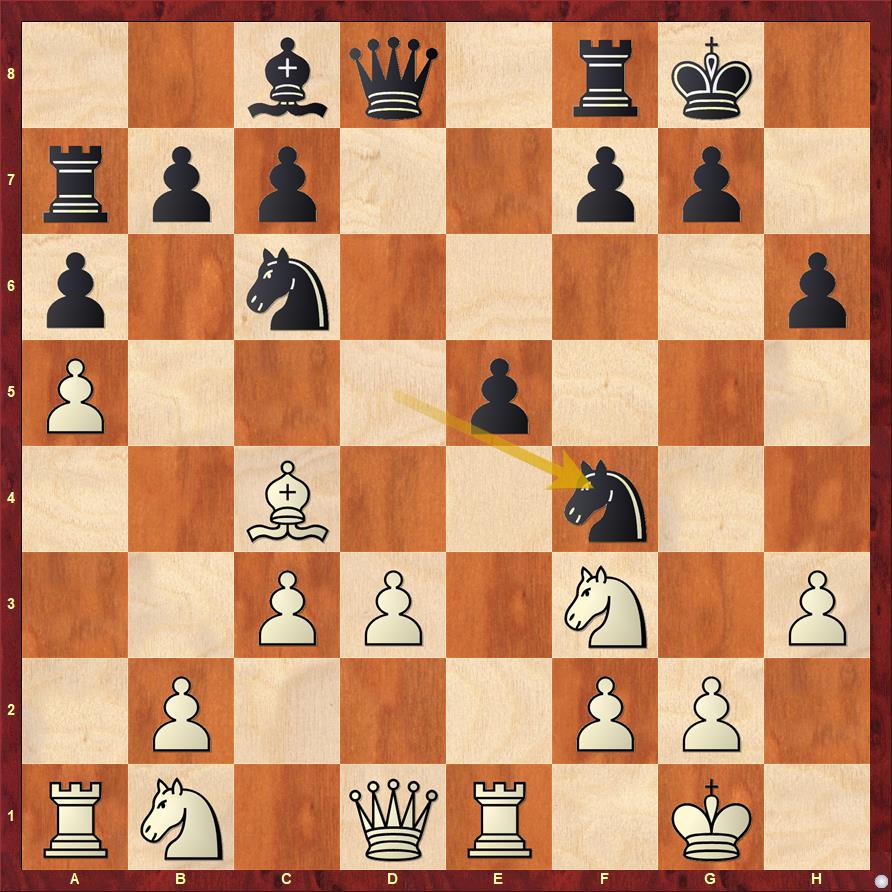
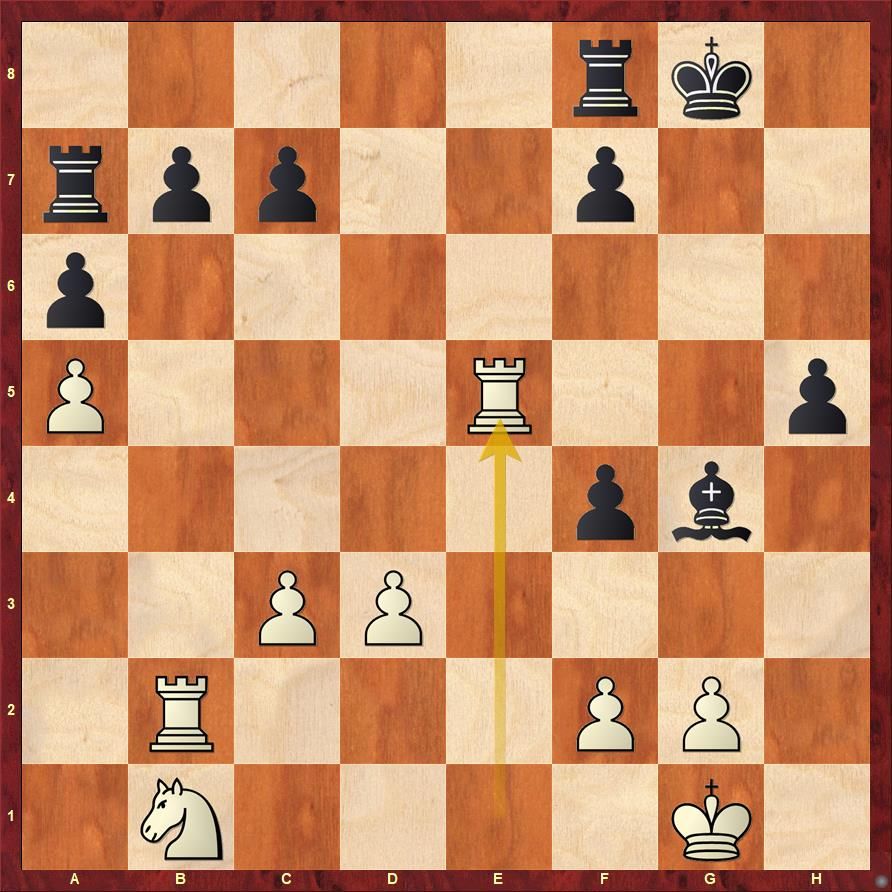
Trying to put the imbalances method of Silman to work we realize:
1. White has a knight which is currently passive as compared to the bishop. Black should feel good about it.
2. Black is a pawn up for now.
3. Black's pawns are quite weak especially the ones on b7 and h5.
4. White rooks are quite active as compared to black's.
All in all the position is quite imbalanced, but both sides have their own trumps and the position is dynamically equal.
After this assessment you realize that Black should either try to get rid of his weaknesses or activate his rook. Harikrishna did the latter with ...Rd8. But it would have been much better if he had got rid of the b7 weakness with the move ...b5!? (or even b6!?). The idea is that axb6 is met with ...Rb7 and Black has not only managed to get rid of the b7 weakness, but also activated his a7 rook.
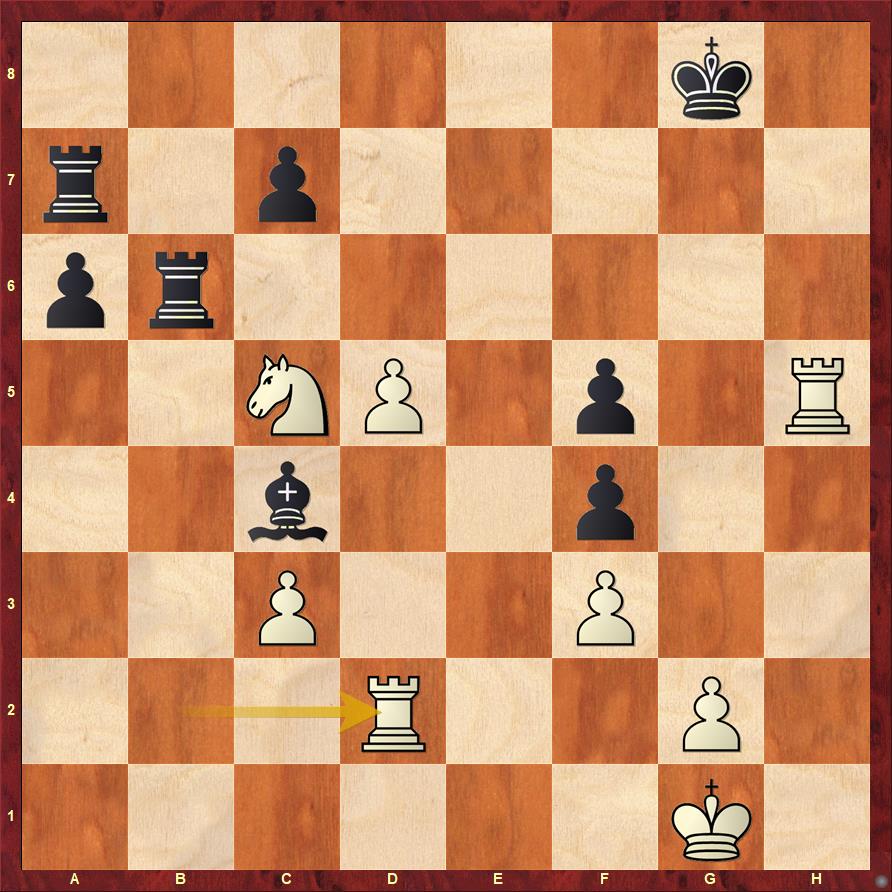
The position became really sharp and interesting at this point. Harikrishna replied with ...Rd6. However, it was interesting to see as to what was happening to ...a5! This is a natural move when you have the rook on a7 powering your pawn to move ahead. An interesting line would go Rd4 a4 Rg5+ and now Black has two places to go to h7 and f7. Both of them lead to an advantage for White. But the lines are very sharp and White has to resourcefully use his two rooks and a knight to weave mating nets around Black's king. Perhaps Hari should have gone for this, because what he did in the game let Svidler win without too many difficulties.
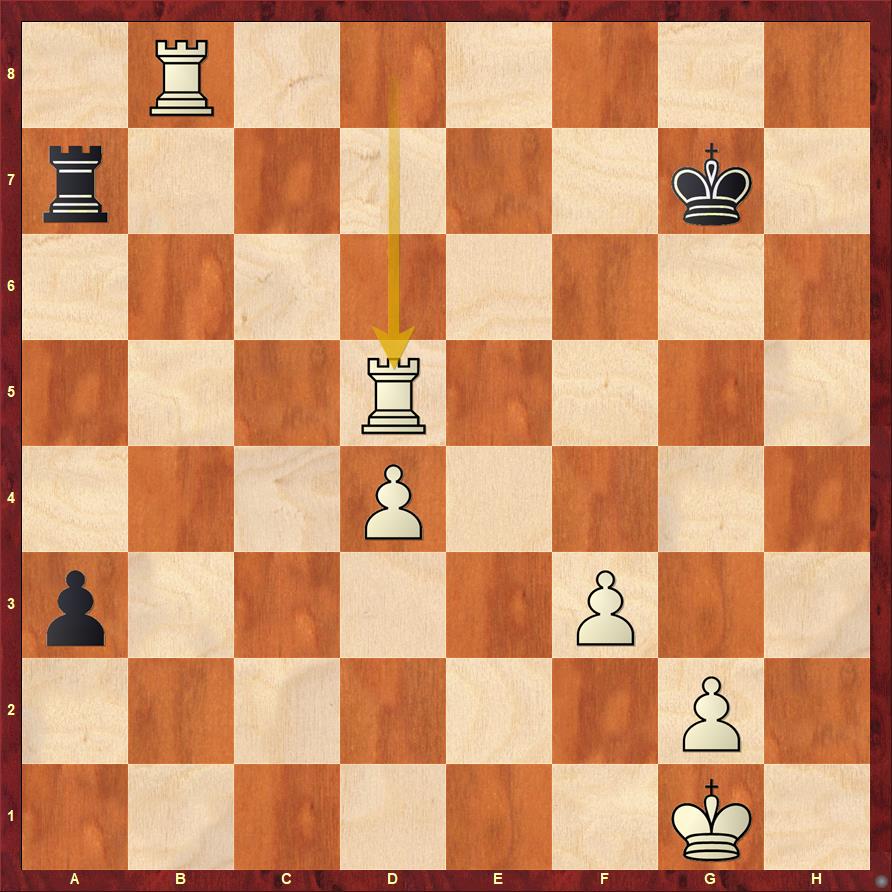
Peter Svidler thanked his colleague Kirill Alekseenko for showing him the line he used in the game.
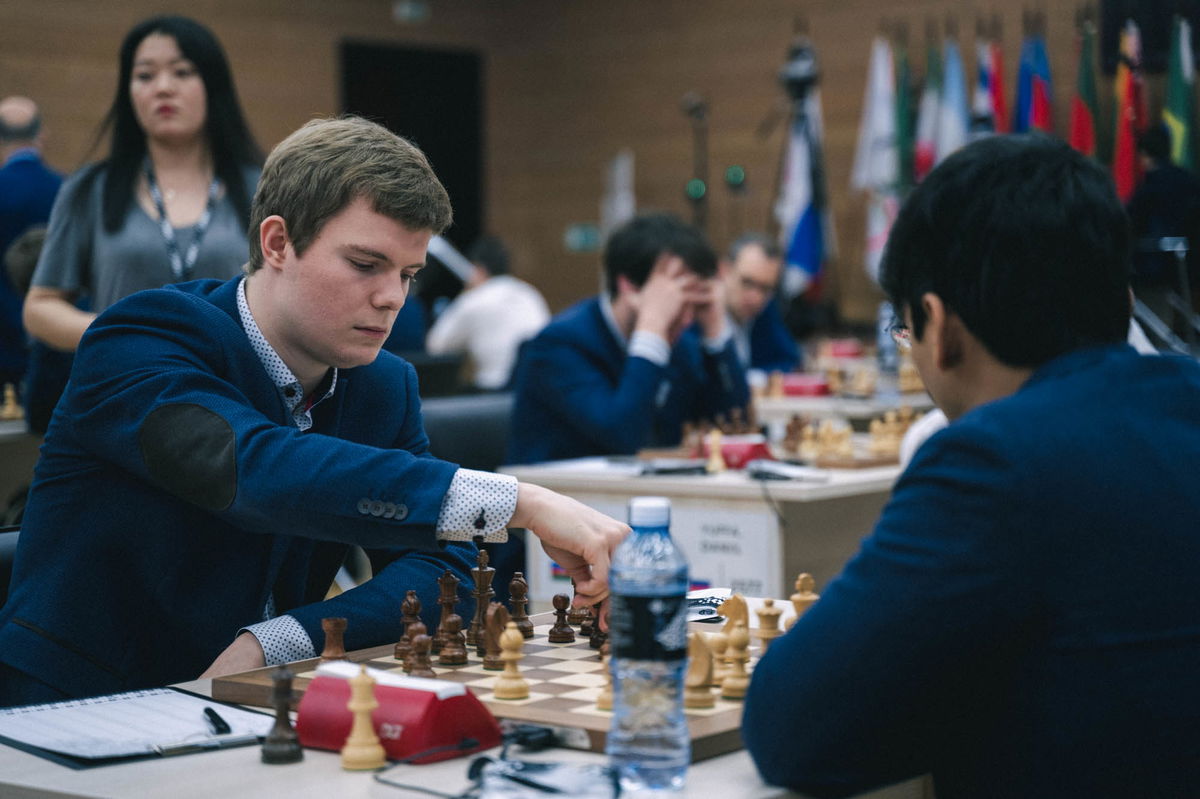
Here's the game of Alekseenko vs Harikrishna that was annotated on ChessBase India from the World Cup 2019:
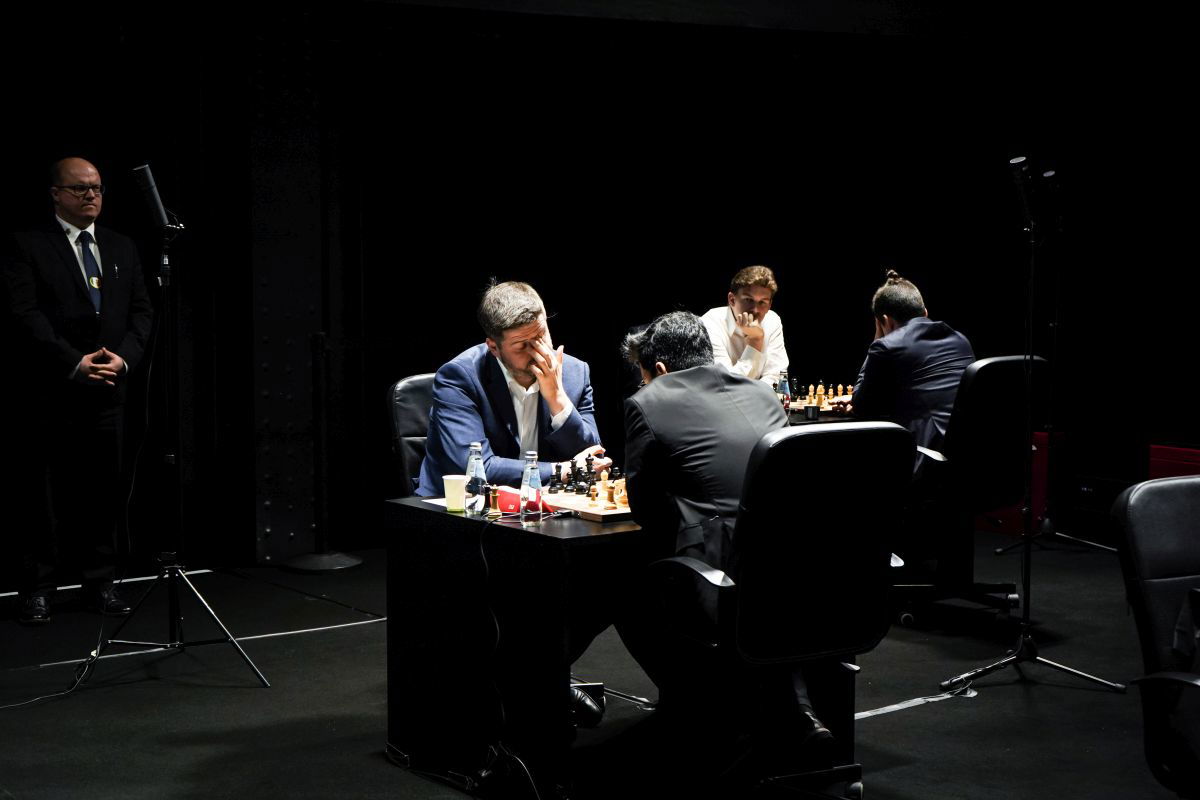
Harikrishna has now played two out of the three legs of the FIDE Grand Prix series that have taken place. He lost in round one in Riga against Wesley So and in round one of Hamburg to Peter Svidler. The final event for Hari would be at Jerusalem from 11th to 23rd of December. It seems quite difficult that his cumulative points from these three events will help him finish among the top two players of the FIDE Grand Prix series 2019. The top two players qualify for the Candidates 2019. However, it would be nice to see Harikrishna playing some of his best chess that he has been showing for the better half of 2019.
Products on the Italian in the ChessBase India shop:
Italian is an opening that is quite complex to understand. White often makes a lot of preparatory moves like Re1, h3, Bb3, and so does Black with ..a6, Ba7, Re8, h6 etc. It seems like this is a slowly building up struggle, but when one side goes wrong, all of a sudden the position opens up and the play becomes very concrete. In order to make your task of understanding this opening easier, we show you all the products that we have in the ChessBase India shop related to this opening. Based on your preference of book or a video, white side or black side, you can make your choice!
Sergei Tiviakov explains the Italian from white:
Viktor Bologan explains the opening from white:
Herman Grooten writes about the structures that arise in the Ruy Lopez and the Italian:
Karsten Mueller and Georgios Souleidis speak about the Italian from white:
Wesley So gives his recommendation for Black to fight the Italian:
Nepomniachtchi and World Chess Twitter Feud
Nepomniachtchi was one of the participants in the Hamburg leg of the FIDE Grand Prix 2019. He lost his round one match to Jan-Krzysztof Duda. After his match he tweeted:
Hamburg Grand Prix organisation recipe from @theworldchess : choose the most expensive and nice hotel and the most cheap and unsuitable playing venue. At least I rejoice I shouldn't go there anymore. Good luck to remaining players :) #GrandPrixFIDE #chess
— Yan Nepomniachtchi (@lachesisq) November 6, 2019
World Chess replied to this tweet with:
@lachesisq sorry you lost bro. https://t.co/f5E7aotNLE
— World Chess (@theworldchess) November 6, 2019
This reply by World Chess wasn't taken too well by Nepo, who replied:
Fortunately, I'm not your bro, Mr. Golden Standard of pathetic organisation. You should be put to the weights and measures department.
— Yan Nepomniachtchi (@lachesisq) November 6, 2019
You can read through the comments where people have supported Ian Nepomniactchi and have been very critical about World Chess's reply.
Related News

विश्व कप में आज महामुकाबला - क्वाटर फाइनल में होगी अर्जुन और चीन के वे यी से टक्कर

विश्व कप प्री क्वाटर फाइनल : अर्जुन का आक्रमण अरोनियन का बचाव! हरि नें रोका जोस को

अर्जुन- हरि विश्व कप प्री क्वाटर फाइनल में, प्रज्ञानन्दा - विंसेंट हुए बाहर

विश्व कप : पांचवें राउंड में भारत की डगर टाईब्रेक पर निर्भर

Harikrishnan A Ra becomes the 87th Grandmaster of India

What helped Harikrishnan become India's 87th Grandmaster?

Harikrishna’s journey from becoming a Junior Champion to training the World Champions

Harikrishna wins French Top 16 for Asnières le Grand Échiquier

Maharashtra Chess Festival brings forth two world class matches

Harikrishnan clinches 34th KCF Rapid Rating Open 2023

Harikrishnan dominates Velammal Republic Day Celebration Rapid Rating Open 2023

Vitaly Sivuk wins 7th Johor Open 2022, Harikrishnan third

GM Harikrishna's Q&A with ChessBase India viewers

Harikrishnan wins 9 Sportz All India Rapid Rating Chess Tournament 2022

वेसली सो ने जीता तीसरे फीडे ग्रां प्री का खिताब

हंगरी के रिचर्ड रापोर्ट नें जीता बेलग्रेड ग्रां प्री का खिताब

Richard Rapport wins FIDE Belgrade GP 2022, now World no.7

Belgrade GP SF TB: Andreikin eliminates Giri

बेलग्रेड फीडे ग्रां प्री : रिचर्ड रापोर्ट फाइनल में पहुंचे

Belgrade GP SF2: Richard Rapport advances to the Finals

Belgrade GP SF1: Rapport beats MVL

बेलग्रेड फीडे ग्रां प्री : रिचर्ड के कदम फाइनल की ओर

Belgrade GP R6: Andreikin, Giri, Rapport and MVL advance to the Semifinals

बेलग्रेड फीडे ग्रां प्री : रिचर्ड की हार पर टिकी विदित की उम्मीद

Belgrade GP R5: Rapport beats Vidit

क्या फीडे ग्रां प्री के प्ले ऑफ में पहुंचेंगे विदित ?

Belgrade GP R4: Vachier-Lagrave wins to take sole lead in Pool D

Belgrade GP R3: Harikrishna holds Anish Giri to a draw

बेलग्रेड फीडे ग्रां प्री : विदित की लगातार दूसरी जीत

Belgrade GP R2: Vidit beats Fedoseev to take a full point lead in Pool C

Belgrade GP R1: Vidit scores a fiery win against Shirov

2nd leg of FIDE Grand Prix 2022 to begin in Belgrade with Vidit and Hari

Invincible Nakamura wins FIDE Berlin GP 2022, his first Classical tournament in over 27 months

हिकारु नाकामुरा बने बर्लिन फीडे ग्रां प्री 2022 के विजेता

Tie-breaks to determine FIDE Berlin GP 2022 winner

फीडे ग्रां प्री 2022 - टाईब्रेक से होगा खिताब का फैसला

Berlin GP: An exciting start to the Finals

फीडे ग्रां प्री 2022: फ़ाइनल : नाकामुरा -अरोनियन की बाजी बराबरी पर छूटी

अरोनियन या नाकामुरा ? कौन जीतेगा बर्लिन ग्रां प्री का खिताब

Berlin GP: Undefeated Aronian and Nakamura advance to the Finals

Berlin GP: Aronian and Nakamura move closer to the Finals

Berlin GP: Rapport and Leinier win tie-breaks to reach Semifinals

Berlin GP R6: Nakamura makes a great escape against Esipenko

फीडे ग्रां प्री 2022 :अब नाकामुरा भी सेमी फाइनल में

Berlin GP R5: Aronian storms into the Semifinals, Nakamura blazes Grischuk

फीडे ग्रां प्री 2022: R5 : अरोनियन पहुंचे अंतिम चार में

Berlin GP R4: Vidit and Harikrishna still in the hunt

फीडे ग्रां प्री 2022: R4 : विदित नें अरोनियन से खेला ड्रॉ

Berlin GP R3: Vidit Gujrathi decimates Daniil Dubov

फीडे ग्रां प्री 2022: R3 : डुबोव को हरा विदित की शानदार वापसी

Berlin GP R2: Nakamura, Rapport and Leinier score a win

फीडे ग्रां प्री 2022: R2 : हरिकृष्णा नें बर्लिन में वेसली को छकाया

Berlin GP R1: Aronian beats Vidit, Harikrishna draws

फीडे ग्रां प्री 2022 : R1: अरोनियन से हारे विदित

Vidit and Harikrishna will be in action at FIDE Berlin GP 2022 starting today

फीडे ग्रां प्री 2022 : अरोनियन से विदित तो शिरोव से टकराएँगे हरिकृष्णा

Harikrishnan A Ra and Muthaiah Al win National Club Chess Championships 2021 in Maldives

फीडे ग्रां प्री 2022 : विदित और हरिकृष्णा के पास सुनहरा मौका !

Vidit and Harikrishna aim for Candidates qualification at FIDE Grand Prix 2022

IM Harikrishnan A Ra wins Sivakasi Chess Club Rapid Rating Open

FIDE and World Chess announce Grand Prix 2022

फीडे ग्रां प्री 2022 की घोषणा , बदला फॉर्मेट , भारत से किसकी खेलने की संभावना ?

Harikrishna will debut at Saint Louis Rapid and Blitz Online today

Mamedyarov wins World Stars Sharjah Online, Harikrishna finishes second

Harikrishna makes a strong start at World Stars Sharjah Online International

Harikrishna features in World Stars Sharjah Online International Championship 2020

India has a new no.2 - Vidit Gujrathi

IM Harikrishnan wins Ramco 2nd FIDE Rated Open 2019

हरिकृष्णा टॉप 10 की ओर ! 2757.5 पहुंची लाइव रेटिंग !!

Harikrishna's brilliant play at Polish Extra League takes him to Elo 2754 and world no.16

Harikrishna enters top 20 in world rankings with a win over Wei Yi

Harikrishnan and Anuj finish in top 10 at Sitges Open 2019

मॉस्को फीडे ग्रांड प्रिक्स - शुरू हुई सेमीफ़ाइनल की जंग

Yu Yangyi vs Harikrishna teaches you secrets of queen vs pawn endgame

Harikrishna's endgame sorcery explained

Nihal Sarin crosses 2600 on the live rating list at Tepe Sigeman & Co.

Shenzhen 2019 Round 5: Harikrishna's hattrick - Rapport, Ding Liren and now Yu Yangyi!

Prague 2019 R01-03: Vidit beats Gelfand, Hari's beauty against Duda

Harikrishna is the only Indian in the FIDE Grand Prix series 2019

फीडे ग्रां प्री में पेंटाला हरिकृष्णा होंगे अकेले भारतीय

World Rapid Championship: Anand closes in on the tournament leaders going into the final day

World Rapid Championship: Tough day for Carlsen

Batumi Chess Olympiad: India's chances of a podium finish diminish after a catastrophic ninth round

Batumi Chess Olympiad: Sasikiran helps India edge out Czech Republic, women suffer their first loss

Live Games and Updates of Team india from Batumi Olympiad 2018


